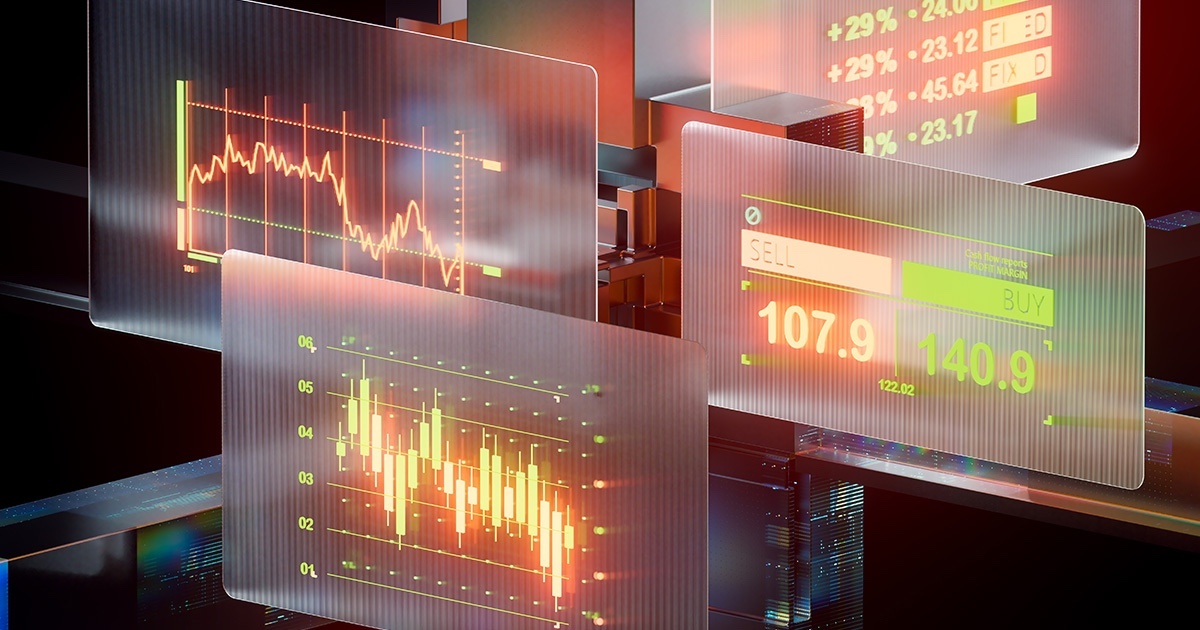 Over the past three years, research firms including InMedica, Juniper, Chilmark, ABI, In-Stat, IDC, and Manhattan have been predicting the future size of and eventual revenues generated by mobile health services. This week MobiHealthNews has compiled its list of ten predictions for the next five years of mobile health -- including prognostications for both consumer and enterprise -- beginning with one that has already come to pass.
Over the past three years, research firms including InMedica, Juniper, Chilmark, ABI, In-Stat, IDC, and Manhattan have been predicting the future size of and eventual revenues generated by mobile health services. This week MobiHealthNews has compiled its list of ten predictions for the next five years of mobile health -- including prognostications for both consumer and enterprise -- beginning with one that has already come to pass.
81 percent of physicians using smartphones by 2012
Manhattan Research has repeatedly predicted that by 2012, 81 percent of physicians would own a smartphone. That level of adoption already occurred in 2011, according to a May 2011 report from Manhattan. The original prediction came from a 2010 Taking the Pulse report, which tracked physician adoption rates of various information technologies. In 2001 only about 30 percent of physicians used smartphones, while in 2009 some 64 percent of physicians were users. Physician smartphone adoption outpaces the general US adult population’s adoption of smartphones, which now stands at just north of 30 percent.
Want to read stories as soon as they are posted? Follow MobiHealthNews on Facebook.
On Twitter? Be sure to follow MobiHealthNews for up-to-the-minute news and industry analysis.
 Remote Patient Monitoring $1.9B by 2014
Remote Patient Monitoring $1.9B by 2014
Revenues from remote patient monitoring services that use mobile networks will rise to $1.9 billion globally by 2014, according to Juniper Research’s 2010 report, “Mobile Healthcare Opportunities: Monitoring, Applications & mHealth Strategies 2010-2014.” Juniper’s prediction is not the first to tackle the question of the mobile health industry’s opportunity in the next four years, but like the others it narrows the industry down to a specific set of services: In this case, remote patient monitoring.
 By 2014: $1.7B market for mobile apps in healthcare enterprise
By 2014: $1.7B market for mobile apps in healthcare enterprise
The market opportunity for mobile apps in the healthcare enterprise is currently $100 million, according to a November 2010 report from Chilmark Research. Because of the rapid evolution of mobile devices, physician demand, and the healthcare enterprise’s need to improve quality and efficiencies, the market will climb to $1.7 billion in three years time, Chilmark Research predicts. The core focus of Chilmark’s report is on enterprise mHealth apps that link into a healthcare enterprise’s HIS including EHR, CPOE, eRx, CDS and Charge Capture. Chilmark predicts that these types of apps will be “competitive differentiators” for healthcare enterprises who seek to not only meet meaningful use requirements and structure themselves for payment reform, but also to improve internal workflow for higher efficiency.
 By 2016: Healthcare WiFi market to hit $1.3B
By 2016: Healthcare WiFi market to hit $1.3B
The market for WiFi healthcare services will grow to $1.34 billion by 2016, according to a report by ABI Research. The report, “Wireless Technologies in Professional Healthcare,” examines the expanding size of the global market for WiFi hardware and services. According to ABI, Voice over WiFi and RTLS (real-time location systems) will be joined by “medical body area networks” (MBANs), which utilize WiFi in mobile monitoring devices. Nearly 30 million healthcare MBAN devices are expected to be globally shipped, annually, by 2016. The report also covers the growing market for WiFi-embedded consumer devices, which will increasingly make their way into professional settings.
 By 2016: 100M wearable wireless sensors
By 2016: 100M wearable wireless sensors
The market for wearable devices will exceed 100 million units annually by 2016, reported ABI Research in a study released this summer. A study released by ABI last June estimated that 80 million of those units would be fitness sensors.
According to ABI, adoption over the next five years will be driven by devices, ranging from heart rate monitors to wearable blood glucose meters, in both consumer (sports, fitness) and clinical settings. New, low-power wireless technologies such as Bluetooth 4.0 will combine with social networking and smartphone integration to drive adoption.
 By 2013: 500,000 BP monitors to ship
By 2013: 500,000 BP monitors to ship
In 2009, nearly 50,000 blood-pressure monitors were used in telehealth applications, but shipments of these devices will hit 500,000 by 2013. In addition, the global combined unit shipments of home-use digital blood-glucose meters, blood pressure monitors, weight scales, pulse oximeters and peak flow meters used in telehealth applications will grow to more than 1.6 million, according to a 2010 InMedica report.
Shipments of health hubs will also hit 400,000, bringing the total shipments of telehealth devices to about 2 million by 2013. InMedica notes that the current use of telehealth at home has been for chronic disease management, particularly, COPD, CHF, hypertension and diabetes. Telehealth has not yet evolved into a mainstream application, according to the research firm.
 By 2014: $950M wireless health market
By 2014: $950M wireless health market
Wireless devices that monitor patients’ conditions and report the data to healthcare providers will show a 77 percent compound annual growth rate (CAGR) that will create global revenues of $950 million by 2014, according to a 2009 report from ABI Research.
ABI Research vice president Stan Schatt said in a press statement that the costs of adding wireless technology to medical equipment as a “significant hurdle” for the industry. Interestingly, ABI’s press release notes that “while wireless healthcare is a global market, the cost of the equipment means that much of the activity in this segment so far is in the United States.”
 By 2014: Healthcare to spend $4.5B on wireless data
By 2014: Healthcare to spend $4.5B on wireless data
According to a 2010 report from In-Stat, the healthcare industry in the United States will spend more than $4.5 billion on wireless data spending by 2014. In-Stat lists a number of wireless health use cases as drivers of the increasing spend on wireless data: caregivers’ interest in access to patient data, coordinating care; validating patient identity; billing for services and preventing medical errors.
In early 2010 CSMG made a similar prediction for wireless health revenues in the US market. However, CSMG’s market prediction included a wide range of services: monitoring, personal emergency response services (PERS), telemedicine, mobile medical equipment, mobile health information, RFID tracking and health/fitness software. CSMG predicted that revenues for those services to top $4.6 billion in the U.S. by 2014.
 14 percent of smartphone users to use mobile health apps in 2011
14 percent of smartphone users to use mobile health apps in 2011
In 2011, some 14 percent of adult Americans will use a mobile health app to manage their health, wellness, and chronic conditions, according to IDC. Why? “Demographics are accelerating this trend. Health reform will make these approaches even more important as the industry shifts to new delivery and reimbursement models,” IDC writes in its 2011 predictions report.
The estimate is not at all unlikely, especially given that a recent Pew survey showed that already 9 percent of adult Americans are using mobile health apps to track or manage their health.
 By 2014: 412M M2M Devices
By 2014: 412M M2M Devices
Juniper Research analyst Anthony Cox wrote in a 2010 report that the number of machine-to-machine and embedded devices worldwide will increase to nearly 412 million by 2014. Cox wrote that number “represents the tip of the iceberg of its future potential.” The analyst’s blog post wondered if M2M will drive the next 5 billion wireless connections. While the M2M market includes just about any object with an embedded mobile SIM card (excluding mobile phones), Cox believes that the healthcare market could see one of the biggest growth spurts over the next few years. “It is likely that one of the smallest current mobile M2M markets represents one of the largest growth opportunities for M2M,” Cox wrote. “Though there are significant obstacles to be overcome in creating a vibrant market for mobile M2M applications in the healthcare market, not least that life itself may depend on such applications, in time rising populations alone will guarantee a very large market for m-Health monitoring.”
 By 2014: 1M Telehealth Gateways
By 2014: 1M Telehealth Gateways
The number of gateways used in telehealth applications will increase to more than 1 million in 2014 and to about 3.6 million in 2018, according to a 2010 report from InMedica, a division of IMS Research. While InMedica does not specifically define what a “gateway” is, Medical Connectivity Consulting’s Tim Gee said there are two main types of gateways, during his presentation on wireless body area networks and gateways at the 2009 Medical Connectivity event in Boston:
One is a gateway device (mobile) and the other is a fixed wireless hub gateway, also called a bridge. In the gateway device model, the patient wears the device, which may be a phone, smartphone, PDA or just a wireless-enabled device. The device may connect to a facility’s WiFi or WLAN network or to the carrier network. In the case of the bridge, the gateway is fixed, much like a WiFi access point in a facility. The patient’s wireless sensors transmit their data to various sensors as they roam around a facility.


